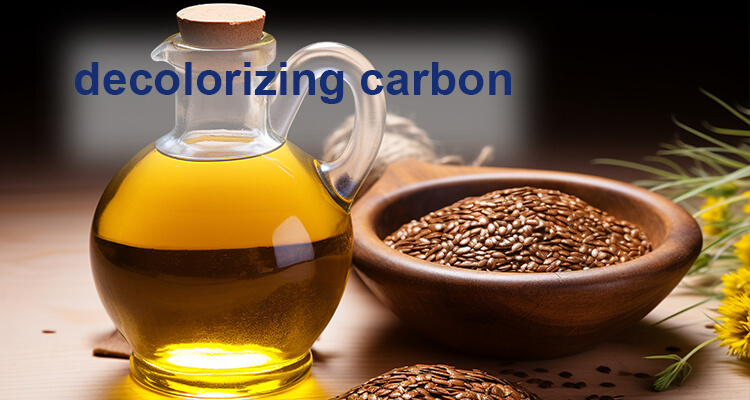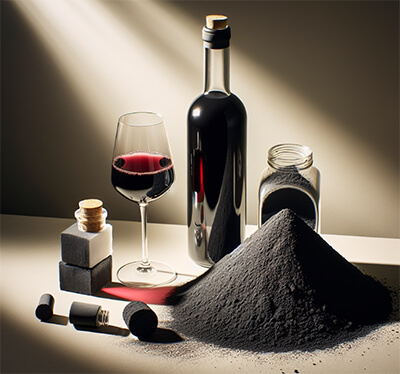
What is decolorizing carbon?
Decolorizing carbon, also known as activated carbon, is a highly porous material used to remove impurities and colorants from liquids and gases. It is typically made from raw materials such as wood, coal, or coconut shells through processes of high-temperature carbonization and activation. The resulting product has a large surface area and numerous pores, making it highly effective at adsorbing various substances.How Does Activated Charcoal Remove Color?
Activated charcoal removes color through a process called adsorption. This involves the adherence of molecules from liquids or gases to the surface of the activated charcoal. The large surface area and porous structure of activated charcoal provide numerous sites for adsorption. When a liquid or gas passes through activated charcoal, the colorant molecules adhere to the surface of the charcoal, effectively removing them from the liquid or gas.
Role of Decolorizing Carbon in Specific Applications
• Wine Production: In wine production, decolorizing carbon can adsorb polyphenolic compounds, which can cause the wine to be too dark or have an off-flavor. Using decolorizing carbon results in a purer color and cleaner taste.• Sugar Production: During the refining of sugar, natural colorants and impurities in the syrup affect the appearance and purity of sugar. Decolorizing carbon effectively removes these colorants and impurities, making the syrup transparent and producing high-quality white sugar.
• Oil Production: In the production of edible and industrial oils, color impurities affect the oil's quality and appearance. Decolorizing carbon effectively removes these impurities, enhancing the oil's clarity and purity, thus improving its market competitiveness.
How to choose activated carbon?
Granular activated carbon (GAC) and powdered activated carbon (PAC) are widely used in decolorization processes. These two types of activated carbon are excellent adsorbents, offering good adsorption effects and ease of operation. However, how to choose depends on the specific application scenario.
| Item | Powder activated carbon | Granular activated carbon |
| Characteristics | PAC is a powdery substance mainly used in large-scale equipment or static environments for decolorization treatment. | GAC particles are relatively large, typically ranging from 0.8 to 5 millimeters. Its main features include a large surface area, complex pore structure, relative stability, and resistance to crushing, allowing for multiple uses. |
| Advantages | The particles are smaller, usually between 1 and 200 micrometers, resulting in a larger surface area and more complex pore structure, which provides more significant adsorption effects. | The unique structure of GAC can create a certain degree of turbulence under flow conditions, increasing contact opportunities and ensuring the solution is uniformly dispersed across each activated carbon particle's surface, thereby enhancing adsorption efficiency |
| Challenges | Due to its small particle size, PAC can easily cause sedimentation and clogging issues. Additionally, its use can generate dust and infiltration problems during the process. | Due to its larger particle size, GAC has poorer suspension properties in liquids but benefits from a low-pressure drop, which results in a relatively fast mass transfer rate, making it suitable for applications in small-scale equipment. |
Granular Activated Carbon is more suitable for fluidized bed decolorization systems. It effectively prevents bed compression and fluid backflow issues. Powdered Activated Carbon is ideal for static decolorization treatments. Its fine particles and good dispersion allow for rapid adsorption of organic substances. Both GAC and PAC offer excellent performance in decolorization treatment. The choice between them should be based on the specific application to achieve the best decolorization effect.

